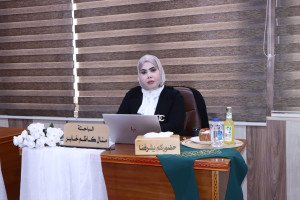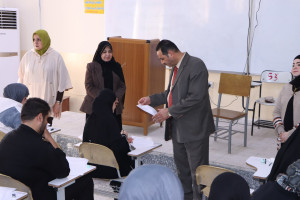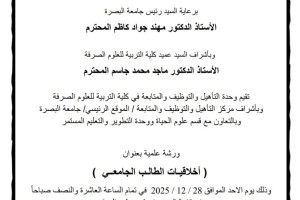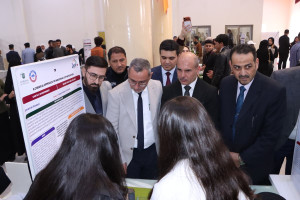
The two teaching assistants, Dr. Zaid Amin Abdul-Jabbar, and the teacher, Dr. Muhammad Abdul-Rida Hussain, in the Department of Computer Science at the College of Education for Pure Sciences, jointly with a group of researchers from the University of Basra, the Research Institute in Shenzhen, New Soft University, Southern Technical University, Iraq University College, and Al-Kunuz University College. titled
Securing audio transmission based on encoding and steganography
(secure audio transmission based on encryption and cloaking)
In: Indonesian Journal of Electrical Engineering and Computer Science
In the publishing house: Institute of Advanced Engineering and Science (IAES .)
Impact factor: 0.24
It is in the container: Scopus
Link: http://ijeecs.iaescore.com/index.php/IJEECS/article/view/24150
Summary:
One of the things to keep in mind when establishing a data exchange connection is to make that connection secret and hide the file's features when snoopers intercept it. In this work, transduction (encoding) and steganography techniques are invested to produce an efficient system for securing communication for an audio signal by producing an efficient method for converting the signal into a red-green-blue (RGB) image. Then, this image is masked into an audio file using the Least Significant Bit (LSB) method in the spatial and transformational domains using discrete wavelet transformation. The experimental results showed the success of the transformation in hiding secret voice messages, as well as observing the signal quality in both techniques. Peak Signal-to-Noise Ratio (PSNR) recorded (20-26) dB with the wave and (81-112) dB with LSB for the cover file size of 4.96 MB and Structural Similarity Index metric (SSIM) was used to measure signal quality which gave 1 with LSB while The wave was (0.9-1), which is satisfactory in all the tested signals with low time consumption. This work also used these metrics to compare LSB and WAV implementation.








